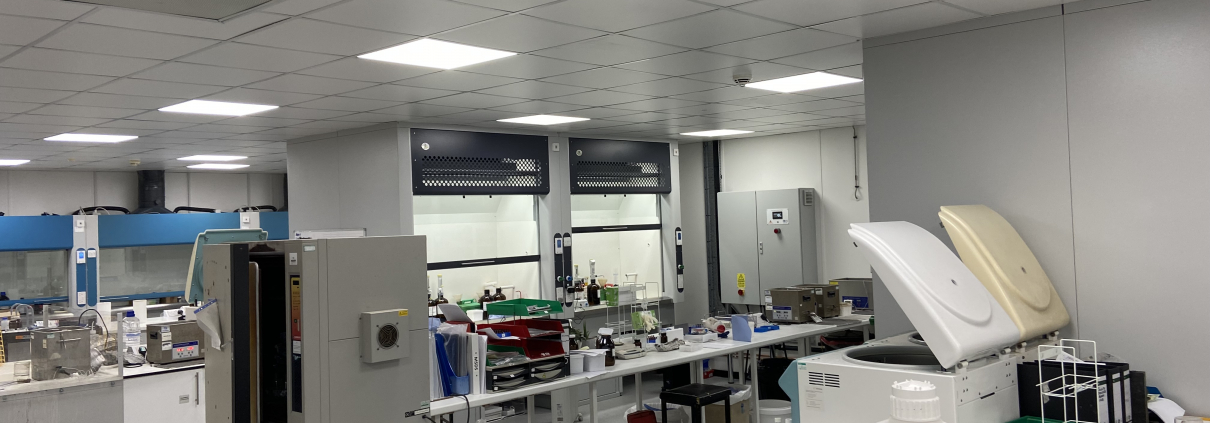Does your business need a mid-year MOT?
Conducting a performance review at the halfway point can be a great way to keep your business evolving and root out problems before they arise.
Businesses are a lot like cars; you push all the right buttons and pull all the right levers to make it trundle along at a steady pace, but every so often you’re going to need to take a look under the hood to make sure everything is still in working order.
Giving your business a once-over has never been more important in this current economic climate; soaring inflation, a frightening cost-of-living crisis and residual challenges from Covid have put businesses, especially SMEs, under pressure to stay afloat. A mid-year MOT gives SMEs an opportunity to redesign, rethink and change things, says business coach Melitta Campbell. SMEs can make changes more quickly because they have less corporate bureaucracy.
“Businesses are always evolving, but sometimes our goals and plans tend to get filed away without a check-up to see whether they are working or not. It is really important to keep checking these plans for businesses to continue growing in ways that are effective and to remove outdated processes that will hold them back.”
Don’t point fingers
So how does a business go about performing a mid-year MOT? Campbell says there are several important questions leaders need to ask themselves, including assessing what has worked well so far, what they’ve accomplished, what hasn’t happened and being honest about why. Avoid pointing the finger or shifting blame. Often things don’t happen because they were not a priority, or maybe they didn’t have the right people working on them.
SMEs also need to check whether their finances are on track. Campbell says leaders will need to balance costs to see where finances can be improved or lowered. This is especially important, as it is quite easy for SMEs to forget about their finances as they don’t have a dedicated finance department who do this on a regular basis.
Campbell says it is preferable for a CEO to kick-start the process and then compare notes with other departments to get a broader picture of the company’s successes and missed opportunities. This way everyone can agree on where to go next.
Discovering strengths
Campbell does warn, however, that leaders should not wait until they see warning signs – in fact, it should be the other way around. The MOT will provide business leaders with the signs that something might be amiss within the company. If leaders don’t go looking for issues, then they will continue operating in the same way without hitting their goals at the end of the financial year.
But when leaders take a serious look at potential problems, Campbell encourages them to start with everything that has gone well this year, rather than solely focusing on the negatives.
“As humans, we always focus on what’s gone badly. But when you focus on what you’ve accomplished, you can start to understand where your strengths really lie. Quite often I get leaders to list their company’s strengths, weaknesses, opportunities and threats. When it comes to outlining their strengths they really struggle and a lot of things they see as weaknesses are actually strengths. There’s a real misunderstanding of just how well they are doing and to find that out can build up a leader’s confidence and trust of their employees.”
Leaders – don’t wait until there’s a problem. Stay ahead of the game by checking in with your business at the halfway point.
Original article here.





 Vicky Matthews, co-founder, Pink Spaghetti
Vicky Matthews, co-founder, Pink Spaghetti  Jasmine Birtles, founder and director, MoneyMagpie
Jasmine Birtles, founder and director, MoneyMagpie  Dan Gable, founder and CEO, ShoutOut
Dan Gable, founder and CEO, ShoutOut 




